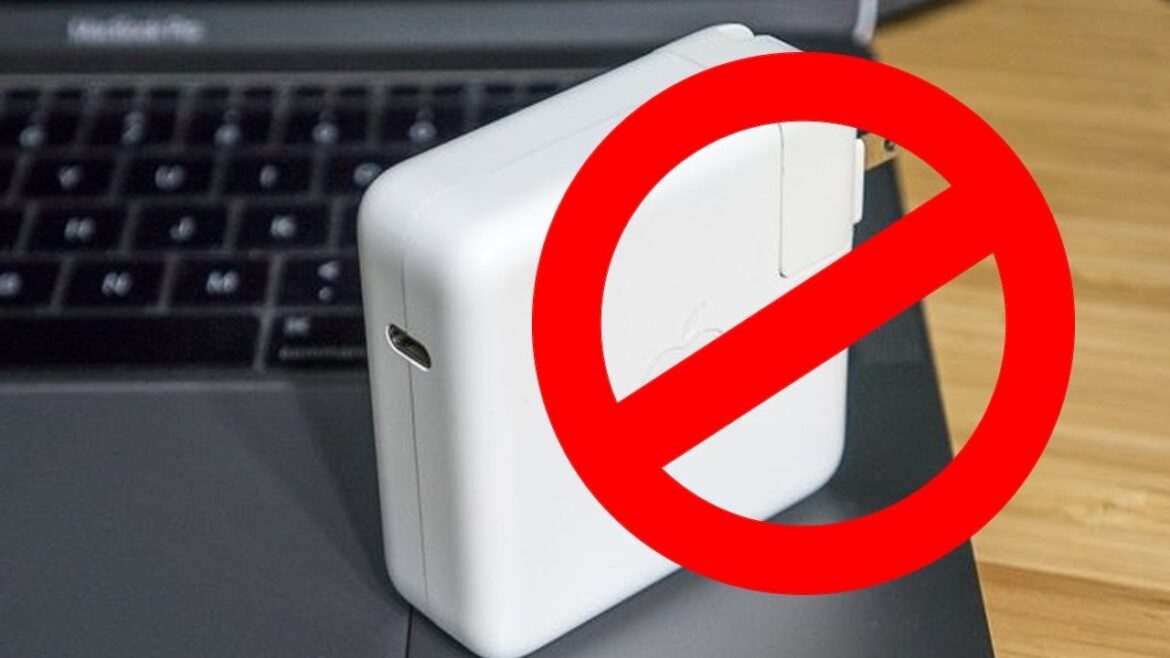Running out of battery on your MacBook Air and discovering that you forgot or lost your charger can be frustrating. If you’re stuck in such a situation, you might wonder, how to charge a MacBook Air without a charger? The good news is there are a few alternative charging methods you can try. While these methods should not replace your original charger long-term, they can serve as lifesavers in emergencies.
In this article, we will explore practical and safe alternatives, what tools you need, the risks involved, and why you should always plan ahead. Whether you’re traveling, working remotely, or simply misplaced your charger, here’s what to do when you need to charge your MacBook Air without the original power adapter.
⚡ Understanding Your MacBook Air’s Charging Requirements
Before we explore alternative options, it’s important to understand how your MacBook Air charges. Modern models (from 2018 onward) rely on USB-C ports for charging, using power delivery (PD) technology. Older models (2017 and earlier) may use MagSafe or traditional charging ports.
Knowing your model helps determine which workaround methods will work and which won’t. USB-C models offer more flexibility, whereas MagSafe models usually require a proprietary adapter.
✅ Method 1: Use a USB-C to USB-C Cable With a Power Bank
This is the most reliable way when figuring out how to charge a MacBook Air without a charger. If you own a USB-C MacBook Air, a high-capacity USB-C power bank with Power Delivery (PD) support can charge your laptop effectively.
What You Need:
-
A USB-C to USB-C cable
-
A PD-supported power bank (at least 18W or more)
Steps:
-
Plug one end of the USB-C cable into the power bank.
-
Connect the other end to your MacBook Air’s USB-C port.
-
Charging should begin automatically.
Tip:
Make sure the power bank supports at least 30W output if you want decent charging speed. The higher the wattage, the better the performance.
✅ Method 2: Use a USB-C Wall Adapter from Another Device
If you own a USB-C charger for an Android phone, Nintendo Switch, or an iPad Pro, you can use it in emergencies.
What You Need:
-
USB-C to USB-C cable
-
USB-C wall charger (18W or more)
Steps:
-
Connect your USB-C cable to the charger and MacBook.
-
Plug the charger into the wall.
-
Check if your MacBook is charging from the battery icon.
This method works well for MacBook Airs with lower power requirements, especially for light usage.
✅ Method 3: Charge Through Another Laptop (USB-C Charging)
This is a less common method but might work in a pinch. If you’re near someone with a USB-C laptop, you might be able to borrow some charge through USB-C PowerShare (if supported).
Steps:
-
Connect your MacBook Air to the other USB-C device using a USB-C to USB-C cable.
-
Make sure the other device supports output charging.
-
Monitor the battery icon to confirm charging.
Note: This method only works if the other device allows outbound charging, which is rare.
✅ Method 4: Use a Portable Solar Charger
If you’re off-grid, a solar power bank with USB-C PD output can charge your MacBook Air.
What You Need:
-
Solar charger with USB-C output
-
USB-C to USB-C cable
-
Patience (charging can be slow)
This is an eco-friendly way to power your MacBook when you’re camping or during power outages. Just ensure it outputs at least 30W.
❌ What Not to Do When Charging Without a Charger
It might be tempting to try unsafe hacks, but these could damage your device permanently.
Avoid:
-
Stripping USB cables to connect wires manually
-
Charging through non-certified hubs or random USB ports
-
Overcharging with higher-wattage chargers (not PD-rated)
Using the wrong method may damage your battery or motherboard. Always verify your charging source’s wattage and safety standards.
🔋 How to Preserve Battery While Using Alternative Charging
When you’re charging with limited power sources, it helps to conserve your battery. Here’s how:
-
Turn on Low Power Mode (macOS Monterey and later)
-
Lower screen brightness
-
Close unnecessary apps
-
Turn off Bluetooth and Wi-Fi if not needed
-
Disable background sync and Spotlight indexing
These steps will help stretch your limited battery and make the most of your alternative power source.
🛠 Tools You Should Keep Handy for Emergency Charging
If you’re serious about knowing how to charge a MacBook Air without a charger, invest in the following tools:
-
USB-C Power Bank (30W to 65W) – Reliable emergency power.
-
Multi-port USB-C PD Wall Charger – For home and travel use.
-
USB-C to USB-C Cable (PD rated) – Avoid generic ones.
-
Solar Charger (Optional) – For outdoor emergencies.
Having these tools in your backpack or desk drawer ensures you’re never stranded with a dead MacBook.
✅ When You Should Replace Your Original Charger
These emergency tips are useful short-term. However, if you’ve lost or damaged your charger, consider buying an official Apple charger or certified third-party PD charger.
Why?
-
Apple chargers are optimized for performance and safety.
-
Cheap knockoffs may damage your MacBook battery.
-
Warranty claims might get denied if damage is caused by unsafe chargers.
Final Thoughts
In today’s connected world, staying powered up is essential. Knowing how to charge a MacBook Air without a charger can save your workflow in tight situations. Whether you use a USB-C power bank, another device’s adapter, or a solar charger, it’s crucial to understand your MacBook’s charging needs and choose methods that are both safe and effective.
Always prepare for the unexpected by carrying backup power sources and certified cables. While these tips offer temporary fixes, replacing your official charger should be a priority for long-term care of your MacBook.




